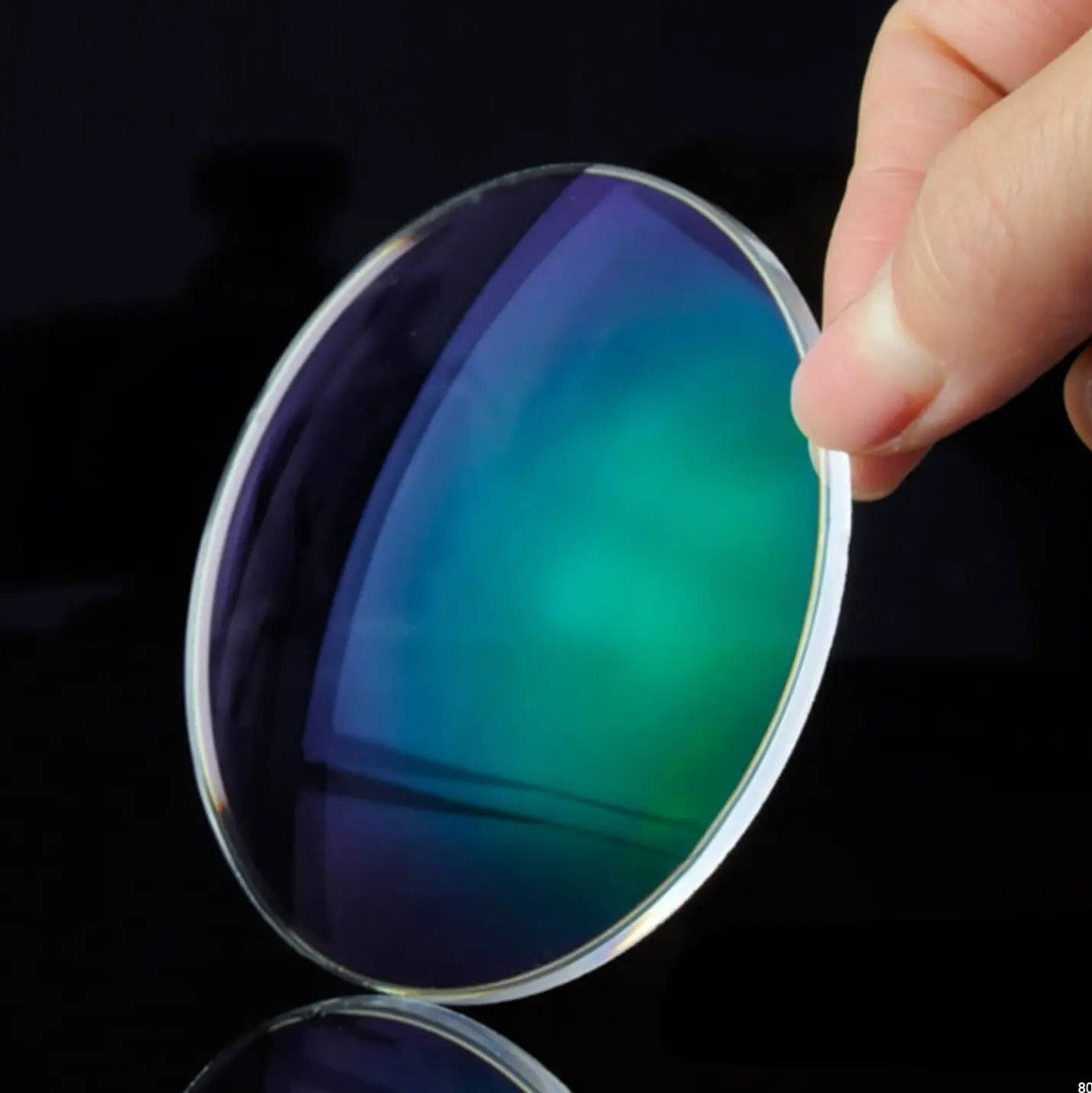What is Skier’s Blindness?
Skier’s blindness is a type of photokeratitis, which is essentially a burn in the cornea caused by overexposure to ultraviolet light. This condition can occur from direct sunlight impact on the eyes or from light reflected off snow. Notably, snow reflects 80 percent of UV rays, compared to sand’s 10 to 25 percent reflection. Moreover, the proportion of ultraviolet rays in sunlight increases by 10 percent for every thousand meters of altitude.
Symptoms
Symptoms typically appear 6-12 hours after exposure and can include:
- Severe pain in both eyes
- A sensation of sand inside the eyes
- Eye redness
- Tearing
- Sensitivity to light
- Difficulty opening your eyes
- Decreased visual acuity
The intensity of these symptoms correlates with the duration of UV light exposure.
Prevention: The Role of Sunglasses
Preventing skier’s blindness is straightforward with the use of suitable sunglasses. When choosing sunglasses, ensure they:
- Have Sunscreen Level 4: This level of protection is crucial for adequate UV protection.
- Fit Closely to the Face: This helps avoid discomfort from reflections at the side of the eye.
- Are Preferably Polarized: Polarization reduces reflections and enhances color vision.
- Are Made of Durable Material: This provides physical protection against accidental trauma.
Important Reminder
It’s imperative to use sunglasses regardless of whether the day is cloudy, as UV rays can penetrate clouds





